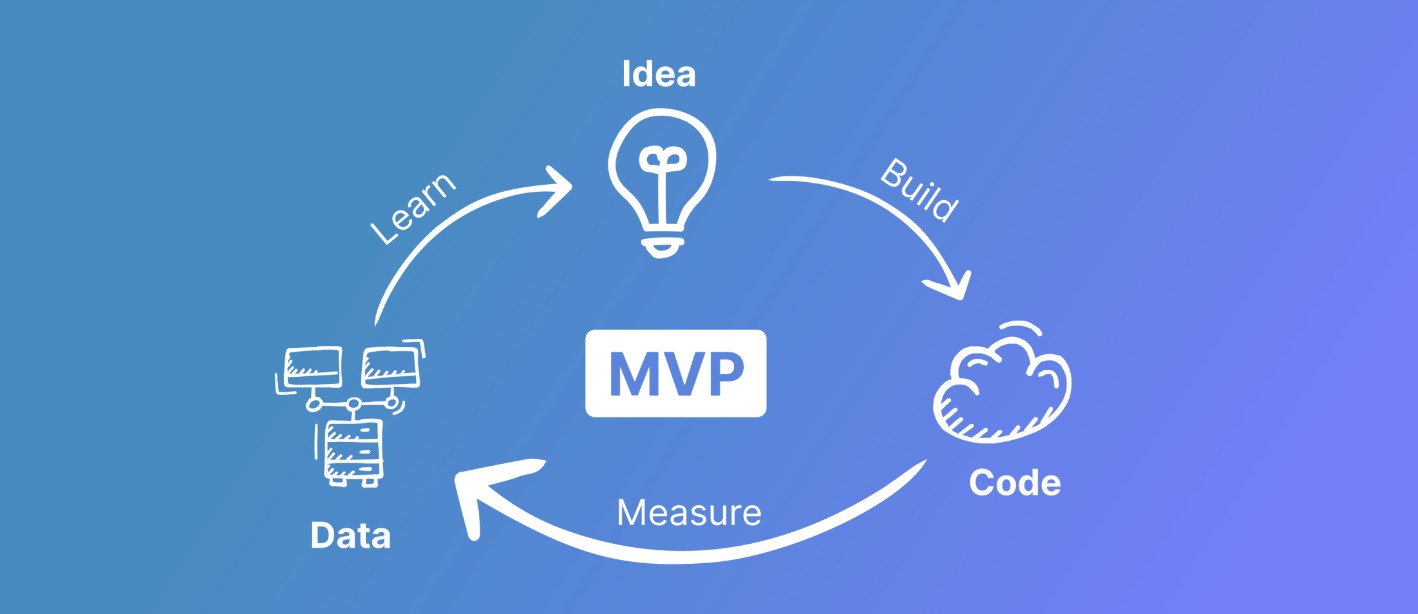Guide to Building MVPs and Early-Stage Products
 Ahmad W Khan
Ahmad W Khan
Launching a Minimum Viable Product (MVP) or an early-stage tech product requires a meticulous blend of technical expertise, strategic planning, and operational efficiency. As an experienced tech lead specializing in Python Django, Django Rest Framework (DRF), React, React Native, AWS infrastructure, Open AI, Docker, and scalability strategies, this guide aims to provide a comprehensive roadmap from ideation to market launch.
Part 1: Planning and Conceptualization
1. Defining Your MVP Strategy
Before diving into development, articulate your product's core functionality and unique value proposition. Utilize methodologies like Lean Startup to validate assumptions through rapid prototyping and user feedback loops.
2. Ideation and Prototyping
Tools like wireframing software (e.g., Balsamiq, Sketch, Figma) help visualize user interfaces and workflows. Create interactive prototypes to solicit early-stage feedback and iterate your design.
Part 2: Backend Development Strategy
3. Architecting with Python Django and DRF
Leverage Django's robust framework for backend development. Design RESTful APIs using DRF to ensure scalability and maintainability. Focus on data modeling, business logic implementation, and API security.
4. Data Management and Persistence
Integrate databases (e.g., PostgreSQL, MySQL) with Django ORM for efficient data management and scalability. Implement data caching strategies (e.g., Redis) for improved performance.
Part 3: Frontend Development Excellence
5. Crafting User Interfaces with React
Develop responsive web interfaces using React for dynamic user experiences. Utilize state management libraries (e.g., Redux) for centralized data handling and seamless UI updates.
6. Cross-Platform Mobile Development with React Native
Build native iOS and Android applications with React Native for code reusability and accelerated development cycles. Ensure platform-specific optimizations and integration with backend APIs.
Part 4: Cloud Infrastructure and Deployment Best Practices
7. Infrastructure Planning on AWS
Select AWS services (e.g., EC2, S3, RDS) based on scalability requirements. Architect fault-tolerant solutions using AWS CloudFormation or Infrastructure as Code (IaC) tools like Terraform for automated provisioning.
8. Containerization with Docker
Containerize applications with Docker for consistent deployment across environments. Utilize Docker Compose for local development and Kubernetes for orchestration in production to achieve scalability and resilience.
Part 5: Ensuring Cost Efficiency and Scalability
9. Optimizing AWS Cost Management
Implement cost-effective strategies such as Reserved Instances and AWS Spot Instances. Monitor usage patterns with AWS Cost Explorer and optimize data transfer and storage costs.
10. Scaling for Success
Design for horizontal scalability with microservices architecture. Embrace serverless computing (e.g., AWS Lambda) for event-driven scaling and operational efficiency. Implement robust monitoring and alerting systems (e.g., CloudWatch) for proactive management.
Conclusion
Building an MVP or early-stage tech product demands a holistic approach integrating technical acumen, strategic foresight, and operational excellence. By harnessing Python Django, DRF, React, React Native, AWS infrastructure, Docker, and scalable architecture principles, you can navigate the complexities of product development effectively.
As a seasoned tech lead and a senior software engineer, with over a decade of experience in guiding tech products from concept to launch, I specialize in transforming innovative ideas into scalable, market-ready solutions. Visit me at AhmadWKhan.com to discuss how we can collaborate on your next tech venture.
Subscribe to my newsletter
Read articles from Ahmad W Khan directly inside your inbox. Subscribe to the newsletter, and don't miss out.
Written by
